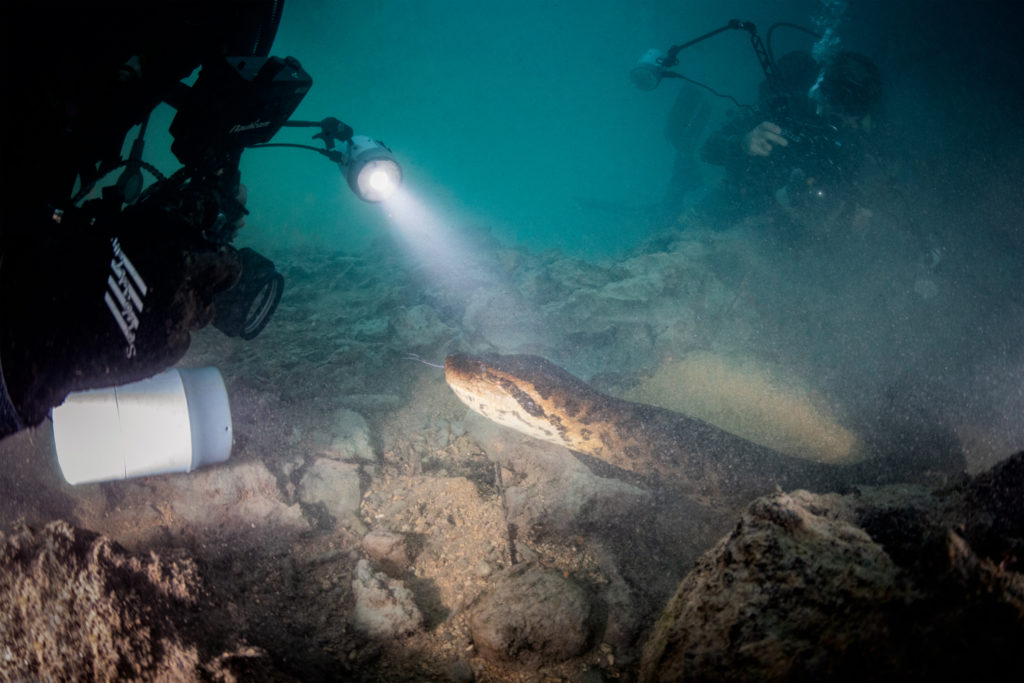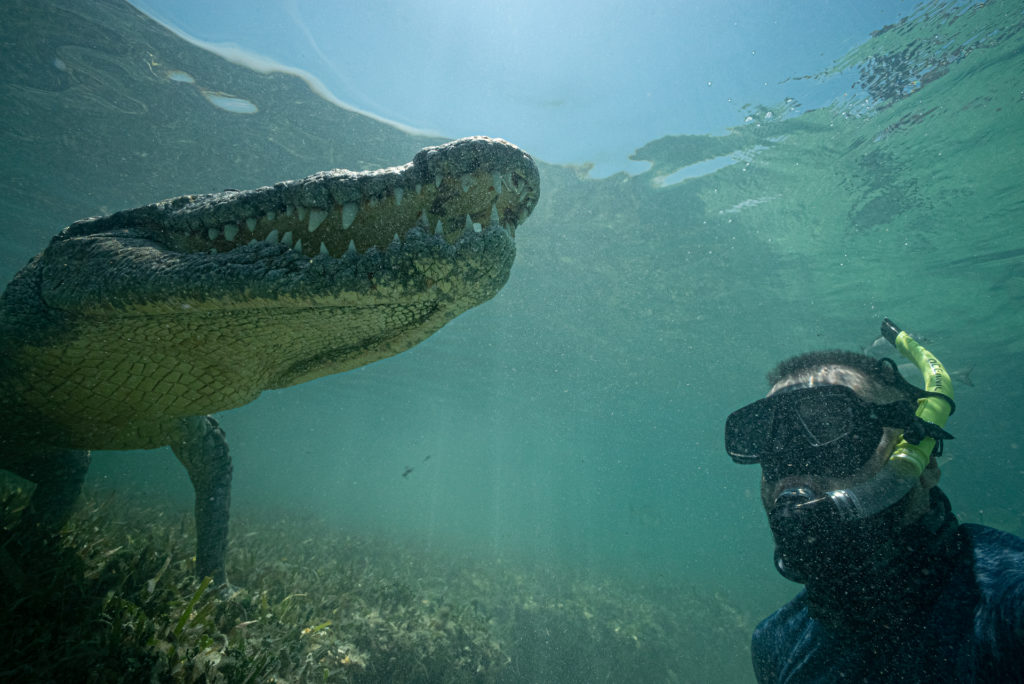People don’t see what’s there so they don’t mind climate change, pollution, waste, plastic...
The Maldives has the world’s most beautiful reefs. I was diving there every year in the 90’. It was just an amazing place. Like you see these days only on TV nature channels.
Then El Niño came, water temperatures rose and most of the hard corals died. When I went there in 2000, it looked like a cemetery. I was diving among graves. It was depressing.
Also then I realized that most of the people on Earth did not realize what loss just happened. You don’t miss what you never saw. . In English they say: “out of sight, out of mind. If your eyes don’t see, your heart will not break. And that is the problem with the underwater world: most people don’t see This time I had a camera in hand. I started to document the underwater world. The world I love the most and where I feel best.

I will never forget watching a school of hammerheads passing in front of my mask for 45 minutes

From that moment on, I started hunting sharks. Photo-hunting, of course. I wanted to show how marvelous they are. So I started portraying them. Animals are this same. They have moods, just like us. They make faces, just like us. My first thought was that if I show that they are more like us, people will care more about them.
The second unique feature of my photography in contrary to other wildlife photographers is that I plan my photos before I go on a trip. Unless I have a photo in mind, I simply do go. Similar to
I have also realized that humans love seeing humans in their best form. Just look at any magazine cover to see a model who has the best makeup, the best stylization, the best light, the best pose. We don’t like ugliness. We love beauty. Beauty appeals to us. So I want to show wild animals in their best form as well. I want to show their personality, their faces, their muscles, their unique shapes, and their grace. Like in a studio, I am using multiple light sources and lighting assistants. I use a medium format camera which is the best for fashion and totally not for wildlife. But I want to show all possible details, all unique characteristics,
In summary, I treat animals as models and I aim to expose their beauty features as a photographer would shoot a fashion model on a street. I never shoot an animal outside of its natural environment. I like to think of it as setting up all the stands with flashlights on a street and waiting for a model to pass by my ideal photo setup. I attract my models sometimes but it is still their environment and their decision if they approach me.
So I want to show wild animals in their best form as well.
The last important feature of my photography is size. Size of prints. Humans care about the big stuff. We don’t care about flies. We kill all animals but we care or fear or admire the big ones. Insects we kill without any regret.
So I decided that my work will be big in format. Spectators can see all the details. They see it in fact better than they would underwater or on a safari in a zoo. My prints are 3 or 4 feet wide. They are visible. They are significant. They cannot be disregarded. Animals cannot be disregarded. Animals must be cared for.